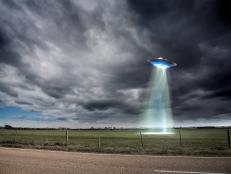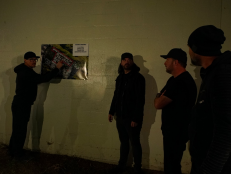How to Avoid Bears While Hiking
Only you can prevent bear attacks.
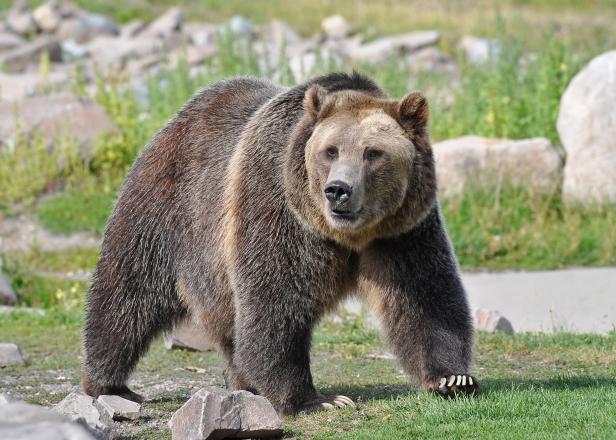
Shutterstock/Kane513

You see it at the entrance of every national park: a friendly wooden bear wearing a hat and carrying a shovel. While a Smokey Bear sighting might be the first sign you’ve made it to your hiking destination, an encounter with a real-life bear on the trail can be incredibly dangerous for both you and the bear. A 400-pound grizzly bear can fatally wound a human with ease, and bears that have violent encounters with people are usually killed.
Thankfully, there are a few tried-and-true strategies for avoiding a bear while hiking. And while none of them can guarantee you’ll avoid a close encounter, they can increase your odds of avoiding a threatening situation in the wild and help keep bears alive.
Hike in a Group
Noise is your first line of defense against bears, and people make a lot of it. Humans are not stealthy—especially when clunking up a trail in hiking boots with backpacks full of gear. If you plan to hike in bear country, bring several friends. The more the merrier, as the larger the group the more intimidating you are to bears. Since 2011, two lone hikers and one hiker in a group of two have been killed by bears in Yellowstone National Park.
Remember, most bears are wary of humans and just want to be left alone, but it’s your job to let them know you’re coming—with a lot of backup.
Be especially loud when approaching a blind bend in the trail. In 2016, a mountain biker near Glacier National Park was mauled by a grizzly when he rounded a bend and ran smack into a surprised bear.
Bear bells are a popular general store buy in bear country. The small, jingle bells are designed to let a bear know you are coming; however, an Alaskan biologist tested bear bells among a group of black bears in Katmai National Park and noticed that the animals were more likely to notice the snapping sound of a pencil than pay attention to a holiday trinket.
Watch for Bear Signs
Unlike Smokey, real bear signs aren’t six feet tall and made of wood. They are, however, easy to spot if you know what to look for. Bear tracks are usually identifiable by claw marks and deep impressions left by the heavy animals as they pass. Grizzlies have curved claw marks two to four inches long, while black bear claws appear straight and only measure one to two inches.
Tracks aren’t the only signs to watch for on the trail. Pay attention to animal droppings that you come across. Bears leave large, tubular droppings. More common sightings like deer droppings are usually pellet-like. Fresh tracks and droppings mean you’re better off taking another trail that day.
Keep a Clean Camp
In July of 2017, a Colorado teenager was dragged from his campsite at night by a black bear in an apparently unprovoked attack. Just one year prior, a sleeping California man was pulled from his tent by a separate black bear. Both men survived their encounters, but the incidents highlight the need for a clean campsite. Bears that live near human campgrounds know how to find easy meals—they break into cars and raid campsites.
Biologists estimate that grizzly and black bears, the most common bears in the U.S., can smell an animal carcass from 20 miles away. Polar bears, which you’re highly unlikely to encounter outside of the coldest, most remote regions of Alaska, can follow a seal’s smell for 40 miles. All of that means your leftover bratwurst or cooler full of beer is easily detectable to a hungry bear.
To make your campsite less appealing to a bear, store trash, leftovers and cooking utensils in airtight bags or containers. Store food and other odorous items like cosmetics in odor-proof bags or containers like a bear canister. For best results, bring food items that are compressed or lacking in strong scents. Rice, pastas, dried fruits, tortillas and protein bars are good choices here.
Finally, position your sleeping area at least 200 yards upwind from your food storage and kitchen areas and store food in a bear hang if possible.
Carry the Last Resort
Statistically, you’re more likely to be struck by lightning than killed by a bear in one of America’s national parks. For park tourists on roads and in main campgrounds, those odds are about 1 in 25 million. But, for backcountry hikers, chances of a bear attack drop to just 1 in 232,000, meaning you’re almost twice as likely to be face-to-face with a bear while hiking in the backcountry than you are to go nose-to-nose with a shark at the beach.
Unlike sharks, however, you won’t get far by punching a bear in the nose. You’d have a better chance against Mike Tyson in a fist fight, but extremely strong pepper spray designed for bears is available at most outdoor stores. It’s a good idea to have some on your belt loop if you’re hiking in bear country, as no amount of preparation can guarantee you’ll avoid bears.
If you do see a bear, know how to react. The National Park Service recommends speaking calmly and softly to the bear, to let it know you are human and not prey. Make yourself appear as large as possible, and back away slowly. Bear spray is your last resort in the event of a charge. Know how to use it before you hike with it. Get more tips for handling a bear attack here.
Know Your Bear Country
Since 1900, 71 bear-related deaths have been reported in U.S. national and state parks. The most active U.S. national parks for bears—in descending order—are: Glacier National Park, Yellowstone National Park, Denali National Park, Glacier Bay National Park and Katmai National Park. Popular touring and hiking destinations like Bridger-Teton National Forest, Great Smoky Mountains National Park, Cherokee National Forest, Gunnison National Forest and Rocky Mountain National Park have all also reported bear-related deaths.
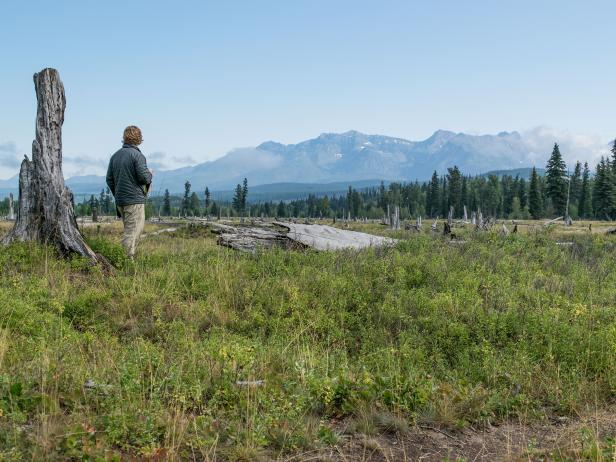
Joe Sills
Glacier and Yellowstone, with 20 combined bear-related deaths, far outpace the rest of America’s national parks combined. Both parks are home to significant populations of black and grizzly bears.

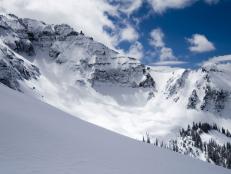
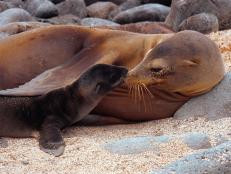
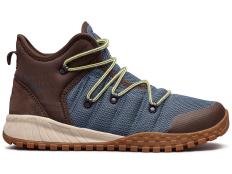
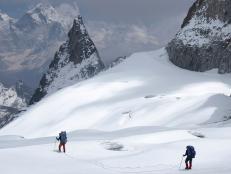
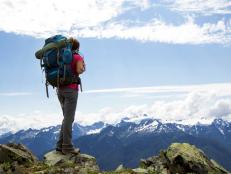
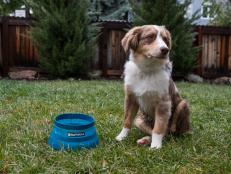







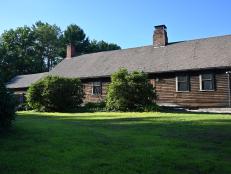
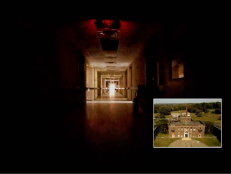

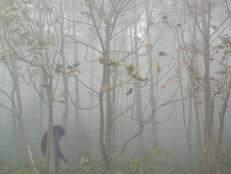
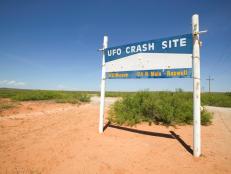





.jpg.rend.hgtvcom.231.174.suffix/1674758726773.jpeg)






